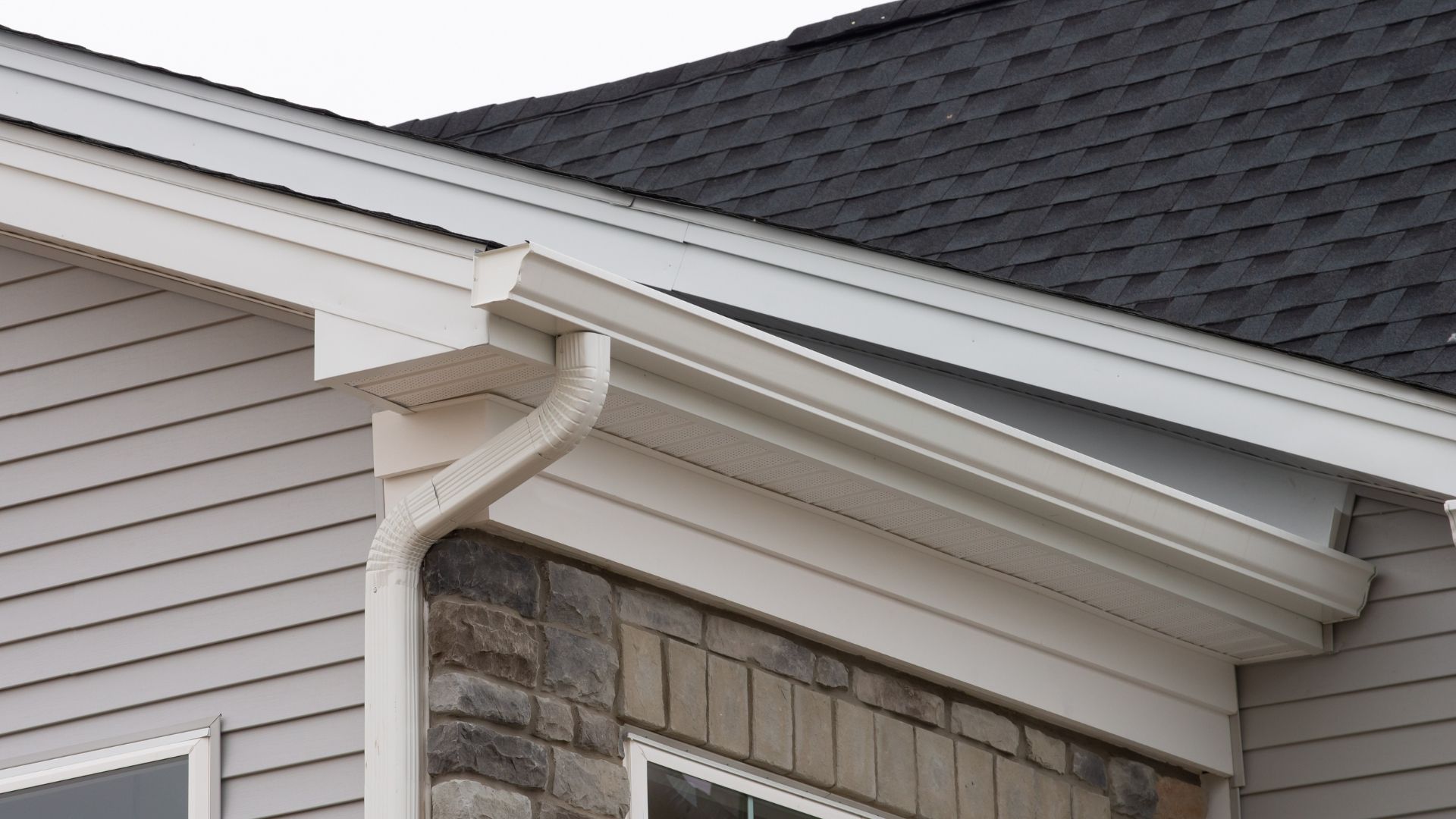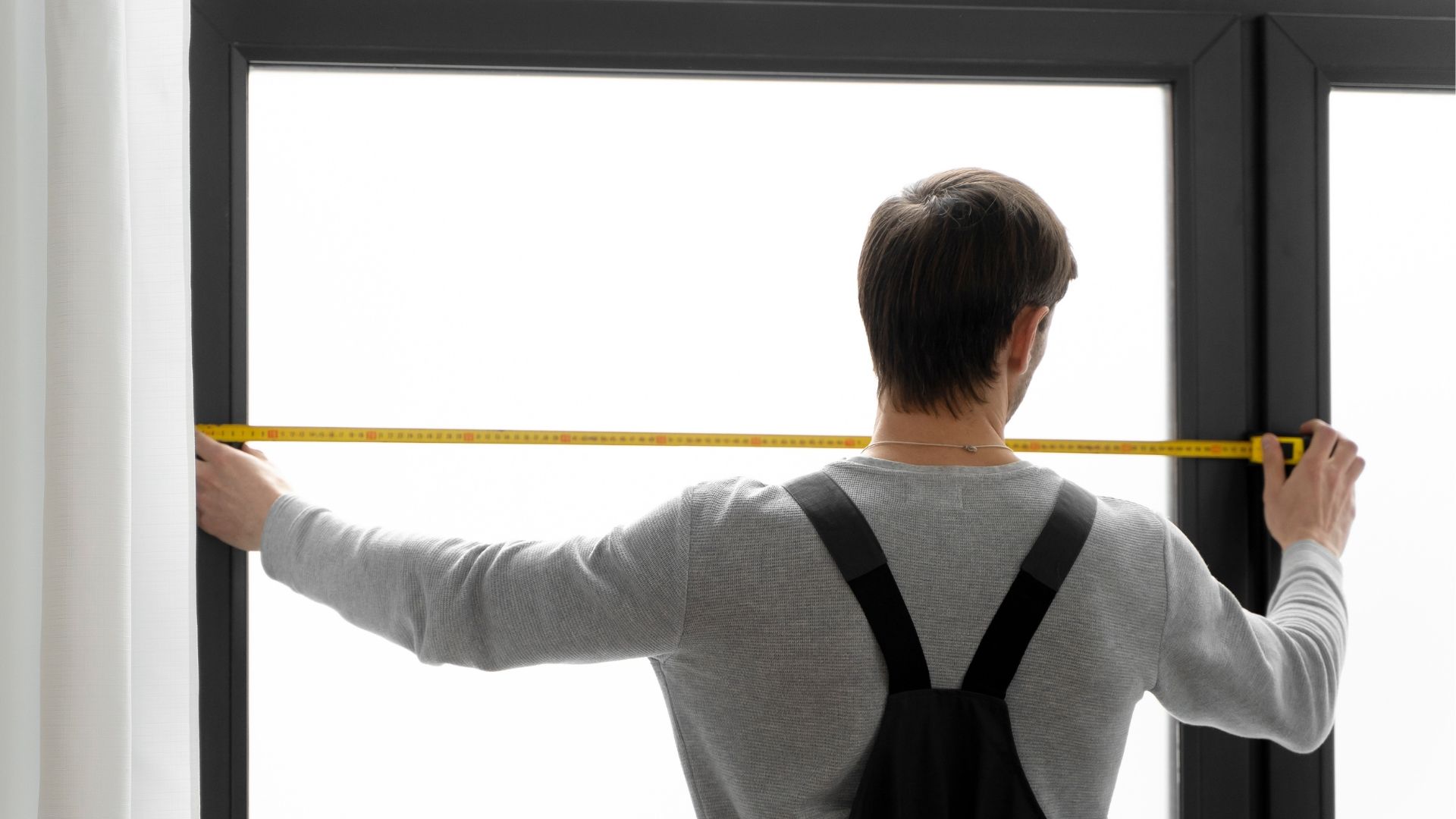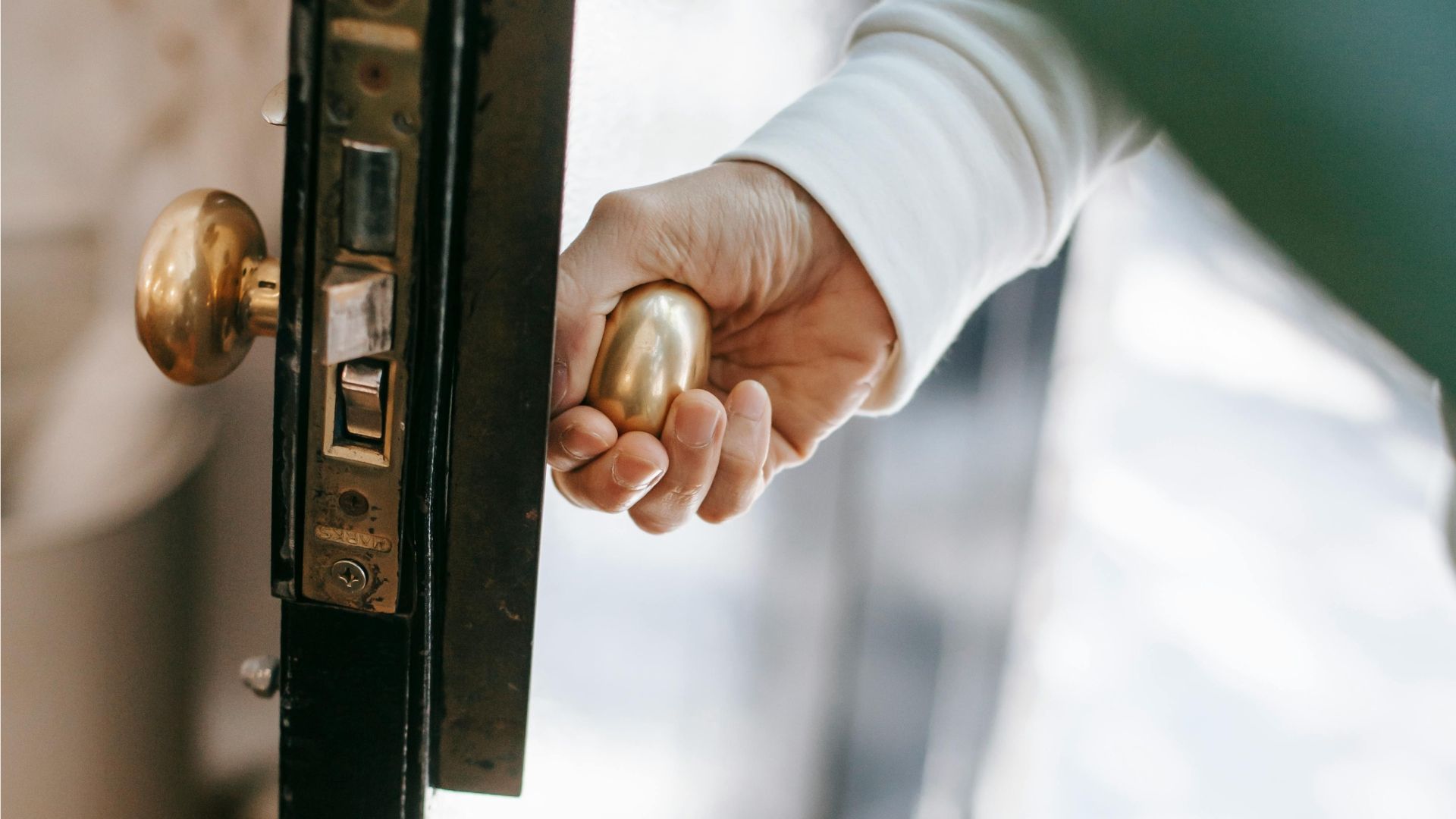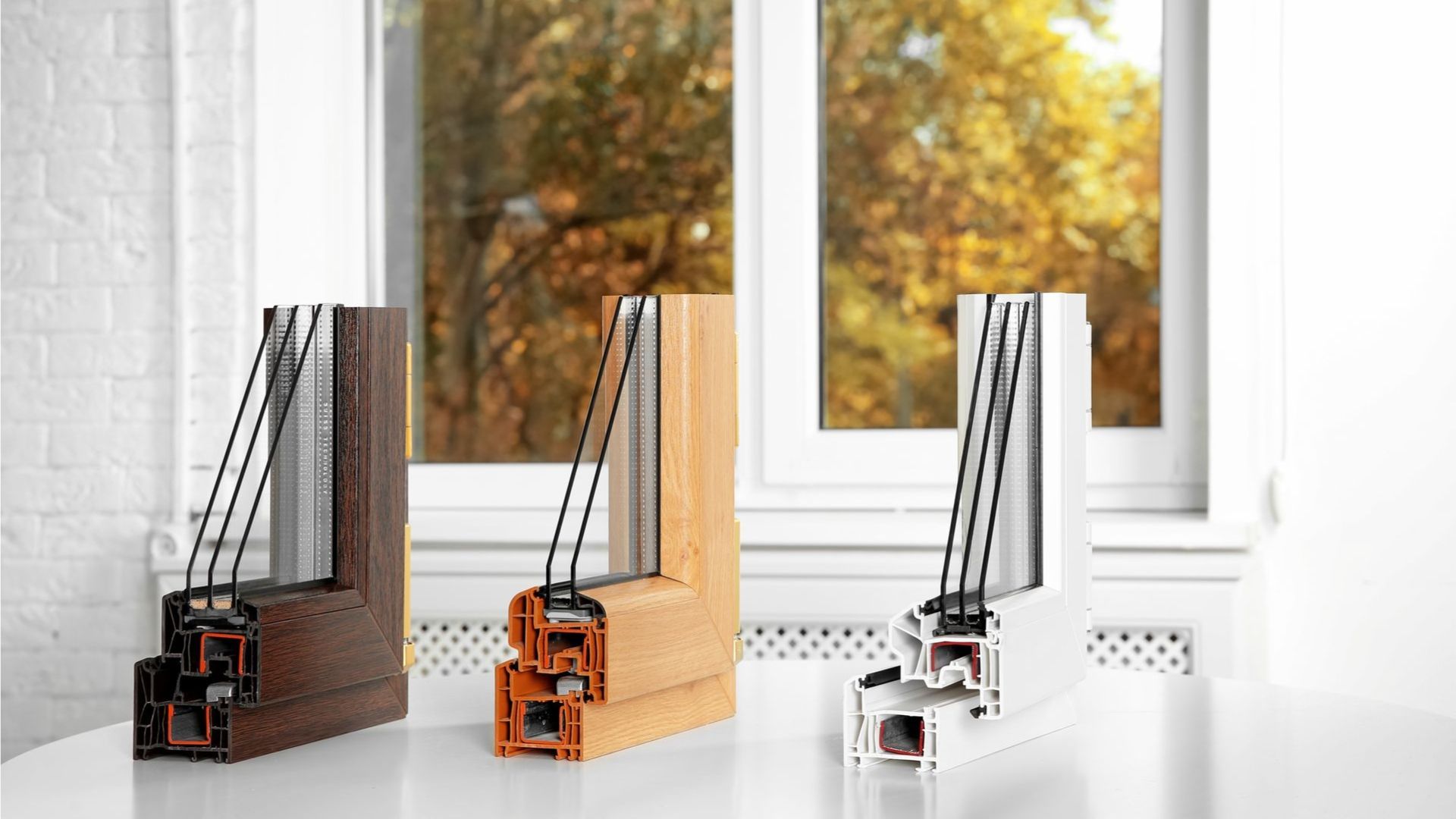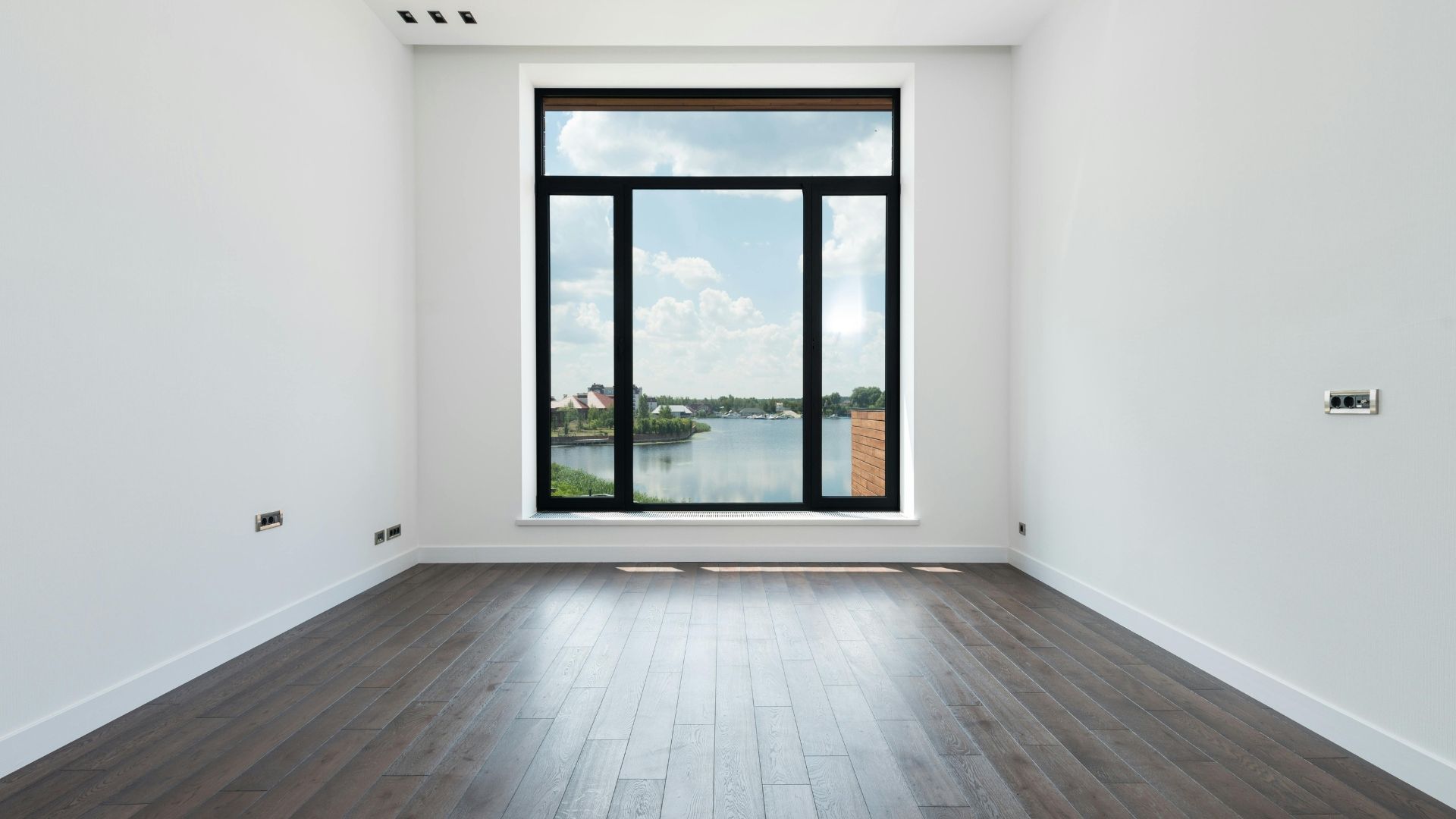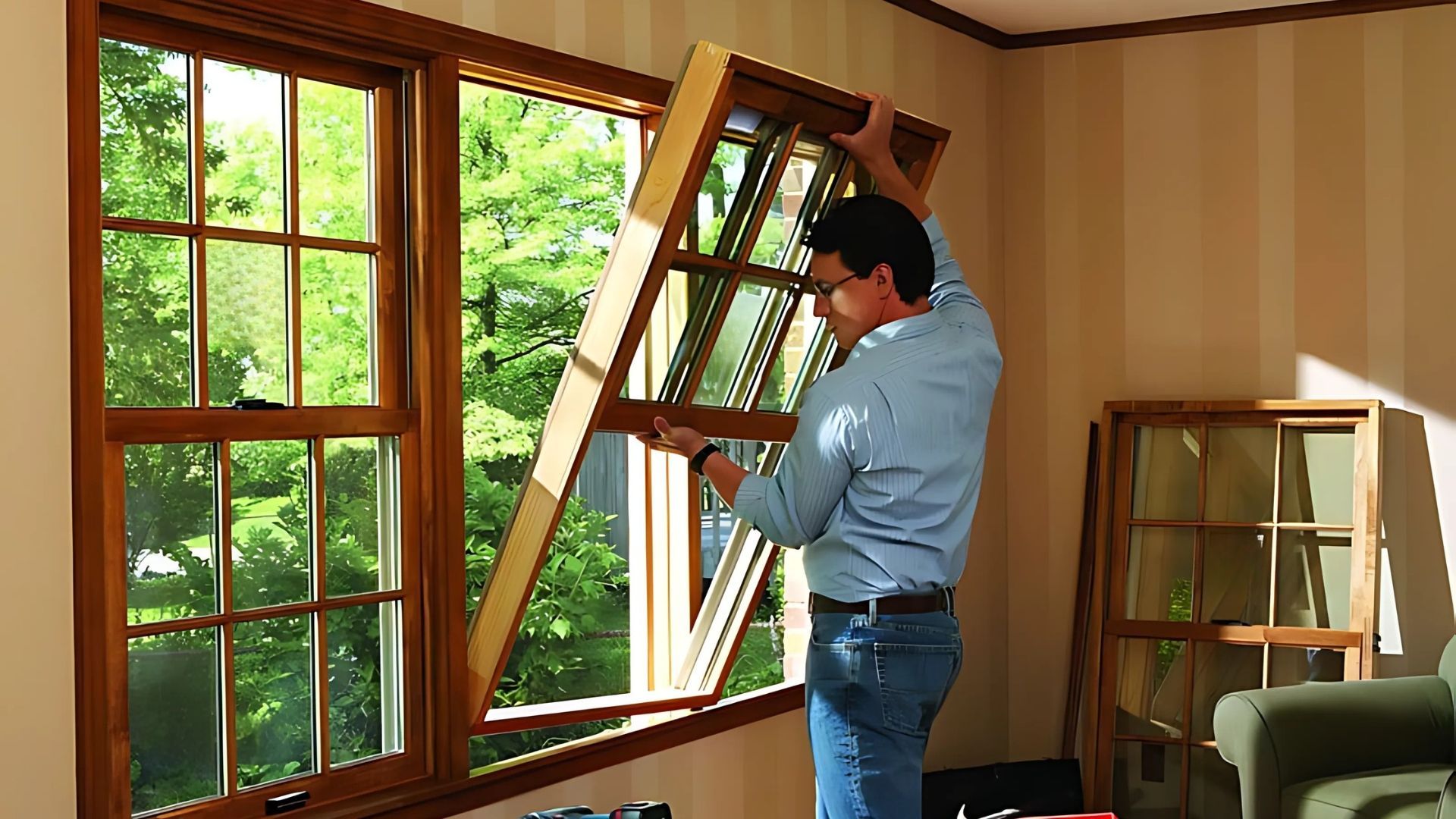Tilt-and-turn windows are great for safety, ventilation and durability. How do they work? Find out in our guide.
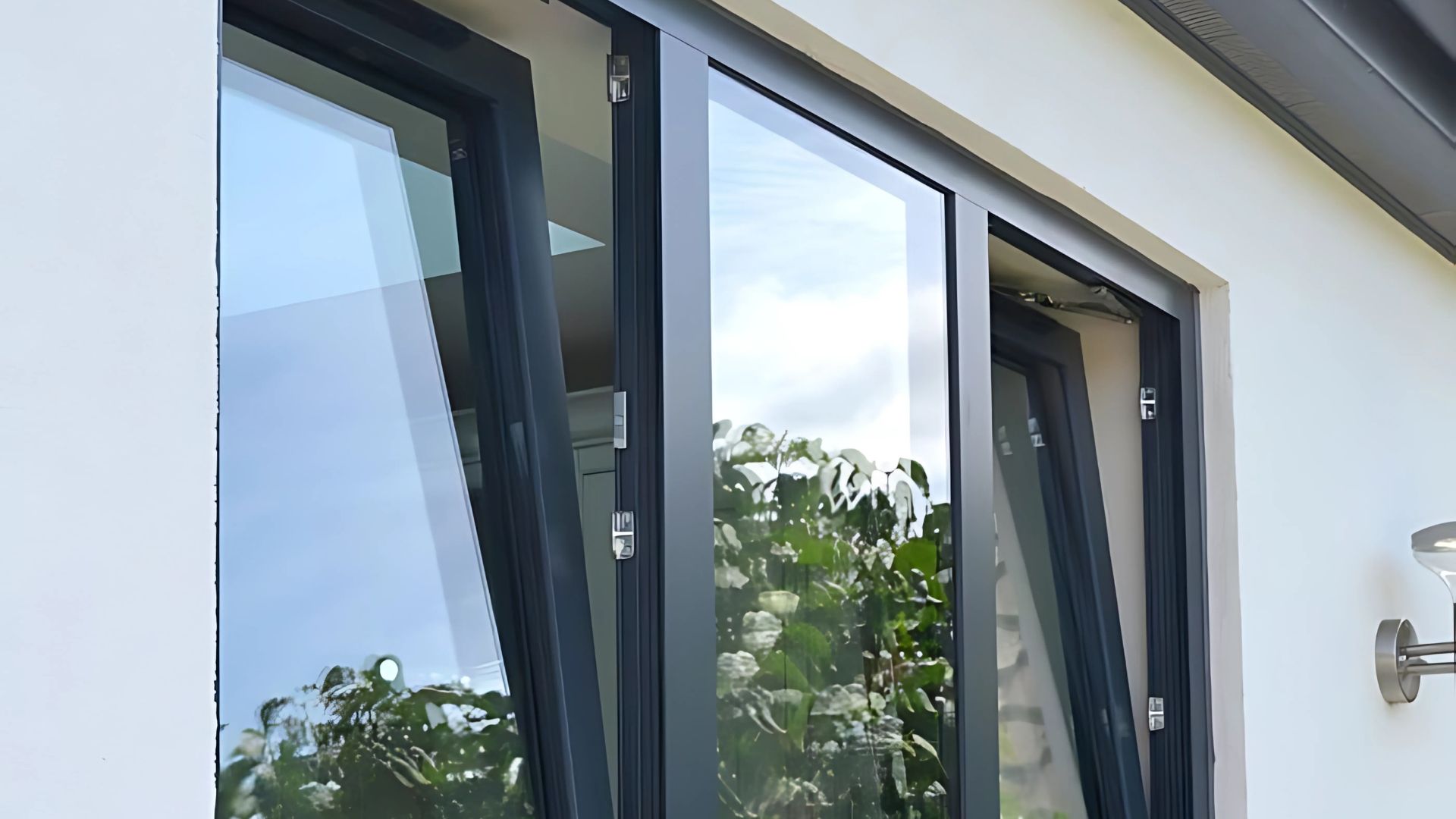
The modern-day window market is full of choices. Homeowners can choose between a wide variety of products, each with its own functionalities and its own pros and cons.
What to choose? It all depends on you and your requirements.
Even if you don't know the name, chances are you've used a
tilt-and-turn window. They're a popular option, based on a mid-century German design, and come in uPVC, aluminium and wood.
Tilt-and-turn windows boast a range of benefits. They offer easy ventilation. They make cleaning a piece of cake. They're safe, stopping intruders from getting in and pets and children from getting out. If you source your windows from a reputable seller, they're durable, too.
As the name implies, tilt-and-turn windows have two functions. They can be tilted inwards to let outside air into the room. In this case, the window opens from the top and is hinged at the bottom.
Alternatively, they can be fully opened inwards in a horizontal fashion – with the hinged point at one side.
At Calder Windows, we stock tilt-and-turn windows made from high-quality materials and available in a range of colours and finishes. They're long-lasting, energy-efficient and attractive – and like all our windows, they're fitted with multi-point locking as standard.
That's what they do – but how do they work? It's all in the handle.
How do tilt-and-turn windows work?
When the handle is down, your tilt-and-turn window is closed. The handle is fitted with a lock.
Turn the handle to a horizontal position and the window will open inwards a full 90 degrees. This allows you to purge the room's air, combatting condensation and mould – or simply filling the room with natural light and warmth on a sunny day.
Turn the handle 180 degrees so it's pointing upwards and the window can be tilted inwards, creating a gap for ventilation. This lets in a draught without letting in any rain.
This mechanism may differ slightly between manufacturers, but the principles are the same. One handle position closes the window, one tilts it open a little and one opens it fully.
Are tilt-and-turn windows a good idea?
Tilt-and-turn windows aren't for everyone. But for many homeowners, they're a versatile, safe window that allows for easy ventilation and easy maintenance.
The clue to their versatility is in the name. Tilt-and-turn windows tilt – and turn! They offer two distinct functionalities where many windows only provide one. This gives you greater control over the airflow into your home.
The tilt function allows you to ventilate a room without creating a wide aperture for intruders to enter or pets and animals to escape. This makes them a popular choice for families with young children. Opening the window at a tilt also lowers the chances of a child getting their fingers jammed. Moreover, the swing hinge makes it highly difficult for anyone to force an entry.
On a fine day, you can open the window completely to let the fresh air come flooding in. But if it starts to spit or rain, you can tilt it to maintain the airflow and stop water from getting in.
They're attractive, coming in a range of colours and finishes and adding aesthetic appeal to your home. Decorative glass designs are available, for instance with the RegaLead range. While a tilt-and-turn window might look out of place in a traditional period property, they blend well with more modern and contemporary designs.
These days, windows are unprecedentedly energy-efficient. Tilt-and-turn windows from providers like us are tightly air-sealed, ensuring heat remains on the inside when shut. This can do wonders for your energy bills and is good for the planet.
Finally, tilt-and-turn windows are easy to clean and maintain. The swing hinge gives you easy access to both sides of the window. This means you can clean your tilt-and-turn windows little and often, avoiding ugly build-ups of grime.
Surely, you may be thinking, there's a disadvantage? Above all, it comes down to style. Tilt-and-turn windows look superb in many settings. But if your home is all beams and flagstones, you might want to look for an alternative.

Tilt-and-turn windows also tend to be on the expensive side because of their complex design. However, they're well worth the investment and will last a long time.
What are tilt-and-turn windows made of?
Tilt-and-turn windows are available in uPVC, wood and aluminium. Like the different types of windows, these different materials have their own unique features and benefits.
When choosing a material, you should consider your budget, your aesthetic preferences, your desired level of thermal efficiency and the lifespan you're looking for.
What's the difference between casement windows and tilt-and-turn windows?
Casement windows resemble tilt-and-turn windows. Both types of windows can be opened inwards. However, a casement window usually opens outwards but lacks the tilt-and-turn window's "tilt" function.
Casement windows are much older than tilt-and-turn windows. They've been installed in the UK since around the 18th century and were common until the introduction of the sash window.
Can tilt-and-turn windows open outward?
Tilt-and-turn windows can only be opened inwards due to their hinge mechanism. However, they can be tilted slightly inward or opened 90 degrees, giving them a versatile functionality that other windows, including casement windows, lack.
It would be physically possible to manufacture an outward-opening tilt-and-turn window, but manufacturers prioritise stopping rain ingress.
Who invented tilt-and-turn windows?
What do airbags, glue sticks and tilt-and-turn windows all have in common? They were all
Deutsche Erfindungen – German inventions!
Tilt-and-turn windows were developed in Germany in the
1950s. In Germany, they're known as
Dreh-Kipp-Fenster and, like the tilt-and-turn windows you see today, can be turned (drehen) or tilted (kippen).
Today, tilt-and-turn windows are popular all over Europe, especially in modern homes. Ask a German living outside Europe and they may express nostalgia for the windows of their youth.
Are you looking for high-quality
tilt-and-turn uPVC windows in West Yorkshire? Calder Window has supplied and installed high-quality windows in the region for more than 30 years. To request a quote, simply give us a call on 01924 897 040 or
get in touch online.
Get a FREE quote
Are you on the lookout for uPVC window fitters in Wakefield or West Yorkshire? With over 30 years' experience and an extensive range of uPVC windows, we can help. Request a quote today or apply for finance and spread the cost.
*Some models differ in warranty.

Opening Hours
08:30 - 16:30 Monday - Friday
09:30 - 12:30 Saturday
Sunday - By appointment only
Evening appointments available on request
Main Office
Calder Windows, 71 High Street
Normanton, West Yorkshire WF6 2AF
Sign up to our newsletter
Thanks for signing up!
Please try again later.
All Rights Reserved | Calder Windows
